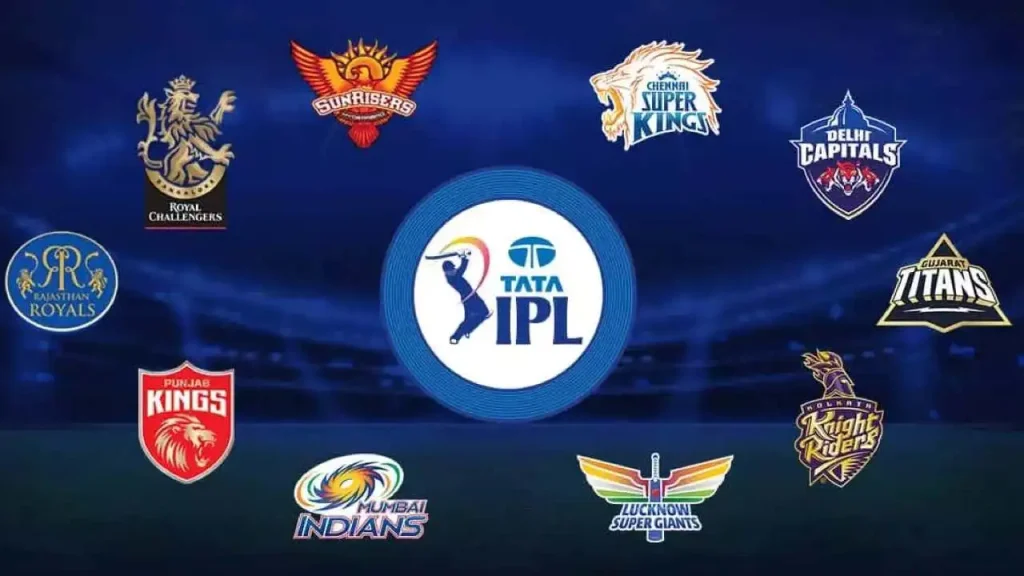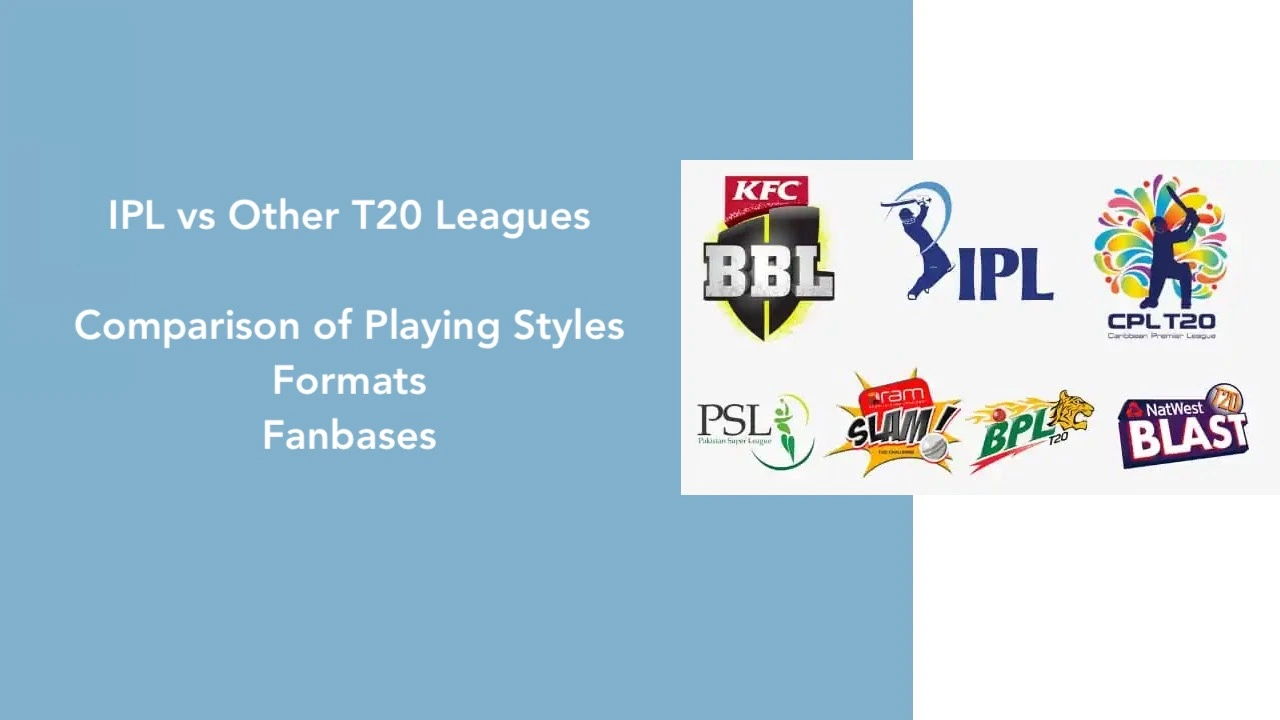The cricketing world has witnessed a remarkable transformation with the advent and subsequent rise of the Twenty20 format. This fast-paced, action-packed version of the game has captivated audiences worldwide, breathing new life into the sport and attracting a new generation of fans. However, amidst the plethora of T20 leagues that have emerged across the globe, one tournament stands out as the undisputed king – the Indian Premier League (IPL). Nonetheless, it would be remiss not to acknowledge the significant contributions of other T20 leagues in shaping the landscape of modern-day cricket.
Playing Styles: A Kaleidoscope of Cricketing Artistry
When it comes to playing styles, the IPL undoubtedly boasts a captivating array of cricketing talents from around the world. The league’s ability to attract the best players from various nations has resulted in a melting pot of diverse techniques and approaches to the game. From the aggressive stroke play of the West Indian batters to the guile and deception of the subcontinental spinners, the IPL offers a truly enthralling showcase of cricketing artistry.
In contrast, many other T20 leagues often feature a more homogeneous approach, heavily influenced by the predominant cricketing culture of the host nation. For instance, the Pakistan Super League (PSL) tends to showcase a more aggressive and hard-hitting batting style, reflecting the nation’s cricketing heritage. Similarly, the Caribbean Premier League (CPL) is renowned for its flamboyant and athletic brand of cricket, with a strong emphasis on power-hitting and electric fielding.
However, it’s important to note that some leagues have made concerted efforts to embrace diversity. The Big Bash League (BBL) in Australia, for example, has successfully incorporated players from various cricketing nations, resulting in a unique blend of styles and techniques. Moreover, the emergence of associate nations in T20 cricket has added an extra layer of unpredictability and excitement to several leagues, challenging the traditional playing styles and tactics.

Formats: Embracing Innovation and Tradition
The IPL has consistently embraced innovation and experimentation, constantly pushing the boundaries of the T20 format. The introduction of the mid-tournament transfer window, which allows teams to strategically bolster their squads midway through the season, is a prime example of the league’s commitment to exploring new concepts.
Furthermore, the IPL’s willingness to adopt technological advancements, such as the Decision Review System (DRS) and advanced data analytics, has provided teams with a wealth of information to fine-tune their strategies and gain a competitive edge. Additionally, initiatives like the U-19 talent hunt and the Women’s T20 Challenge have added a new dimension to the tournament, fostering a culture of inclusivity and diversity.
In contrast, many other T20 leagues have been more cautious in their approach, adhering to more traditional formats and structures. For example, the Caribbean Premier League (CPL) and the Pakistan Super League (PSL) have largely maintained the standard T20 format, focusing on preserving the essence of the game while providing a platform for emerging talents to showcase their skills.
However, it’s worth noting that some leagues have ventured into innovative territory as well. The Everest Premier League (EPL) in Nepal, for instance, has introduced a unique concept of “prize money playoffs,” where teams compete for additional financial incentives beyond the traditional league and knockout stages.
Fanbases: A Comparison of Global Reach and Cultural Impact
The IPL’s success is not merely confined to the cricketing arena; its true triumph lies in its ability to captivate and engage fans on a global scale. The league’s massive fanbase, which transcends geographical boundaries, is a testament to the tournament’s widespread appeal and the passion it evokes. From the vibrant and raucous crowds at the stadiums to the millions of viewers tuning in from around the world, the IPL has become a cultural phenomenon, seamlessly blending cricket with entertainment and celebrity culture.
Other T20 leagues, while garnering significant fanbases, often have a more localized or region-specific appeal. The Pakistan Super League (PSL), for instance, enjoys a fervent following within Pakistan and among the Pakistani diaspora worldwide. Similarly, the Caribbean Premier League (CPL) has a strong fan base across the Caribbean nations and within the West Indian communities around the globe.
However, it’s important to acknowledge the growing global reach of some T20 leagues. The Big Bash League (BBL) in Australia has witnessed a surge in international viewership, thanks to its innovative broadcast strategies and the inclusion of international stars. Additionally, leagues like the Bangladesh Premier League (BPL) and the Afghanistan Premier League (APL) have played a pivotal role in promoting cricket in their respective regions, garnering a dedicated following among local and diaspora communities.
Commercial Success: A Tale of Contrasting Fortunes
The IPL’s commercial success is a testament to its ability to capitalize on the exponential growth of the T20 format. With its innovative broadcast strategies, lucrative sponsorship deals, and a robust merchandising ecosystem, the league has become a veritable juggernaut of revenue generation. The sheer magnitude of the IPL’s commercial success can be gauged by the staggering sums involved in team acquisitions, player auctions, and broadcast rights.
In contrast, many other T20 leagues often operate on more modest budgets, which can limit their ability to attract top-tier talents and implement cutting-edge initiatives. The Pakistan Super League (PSL) and the Caribbean Premier League (CPL), for instance, have faced financial challenges and sponsorship struggles, hindering their growth and development.
However, it’s worth noting that some leagues have managed to carve out a niche for themselves and achieve commercial success within their respective markets. The Big Bash League (BBL) in Australia has become a lucrative endeavor, attracting significant sponsorship and broadcast deals, thanks to its innovative marketing strategies and the popularity of the league within the country.
The Global Appeal: Transcending Boundaries and Fostering Unity
The IPL’s global appeal lies not only in its ability to captivate fans but also in its capacity to transcend cultural and geographical boundaries. The league has become a platform for cultural exchange, fostering a sense of unity and camaraderie among cricket enthusiasts around the world. The presence of international stars playing alongside local talents has facilitated a cross-pollination of cricketing cultures and techniques, enriching the overall cricketing landscape and promoting mutual understanding and respect.
Other T20 leagues have also contributed to this cultural exchange, albeit on a more regional or localized scale. The Pakistan Super League (PSL), for instance, has provided a platform for Pakistani players to showcase their talents and interact with international stars, fostering a sense of pride and unity within the nation. Similarly, the Caribbean Premier League (CPL) has played a crucial role in promoting the rich cricketing heritage of the West Indies, while also embracing talents from around the world.
The Future Landscape: Challenges, Opportunities, and Sustainability
As the cricketing world continues to evolve, both the IPL and other T20 leagues will face a multitude of challenges and opportunities. The increasing proliferation of domestic T20 leagues around the world has led to concerns about player workload and burnout, posing a potential threat to the longevity and sustainability of these tournaments.
Furthermore, the rise of new technologies and digital platforms will undoubtedly shape the future landscape of T20 cricket. Leagues that embrace these advancements and innovate accordingly will likely gain a competitive edge in terms of fan engagement and commercial success.
Additionally, the issue of maintaining a balance between the traditional formats of the game and the explosive growth of T20 cricket will be a delicate one. Striking the right chord between preserving the essence of the sport and embracing its evolution will be crucial for the long-term health and viability of the cricketing ecosystem.
In this ever-changing landscape, the IPL’s ability to adapt and innovate will be put to the test. However, it’s essential to recognize that other T20 leagues also have a crucial role to play in shaping the future of the game. By fostering healthy competition, embracing diversity, and promoting sustainable growth, these leagues can collectively contribute to the overall development and popularity of T20 cricket worldwide.
The Enduring Legacy and the Future of T20 Cricket
Ultimately, the impact of the IPL and other T20 leagues on the cricketing world extends far beyond their on-field exploits. These leagues have become cultural phenomena, transcending the boundaries of sport and capturing the imagination of fans across the globe. Their ability to showcase the world’s best talents, foster cultural exchange, and promote global outreach has solidified their status as driving forces in the cricketing world.
As the cricketing landscape continues to evolve, the enduring legacy of these leagues will be measured not only by their on-field achievements but also by their ability to inspire and influence the growth and development of the sport globally. Their impact on the playing styles, formats, and fanbases of T20 cricket will resonate for generations to come, serving as a testament to their enduring allure and their unwavering commitment to pushing the boundaries of what is possible in the world of cricket.
Looking ahead, the future of T20 cricket will undoubtedly be shaped by the collective efforts of the IPL and other leagues around the world. Through cooperation, healthy competition, and a shared vision for the game’s growth, these leagues can collectively elevate T20 cricket to new heights, captivating audiences, nurturing talents, and fostering a sense of unity and camaraderie within the global cricketing community.

